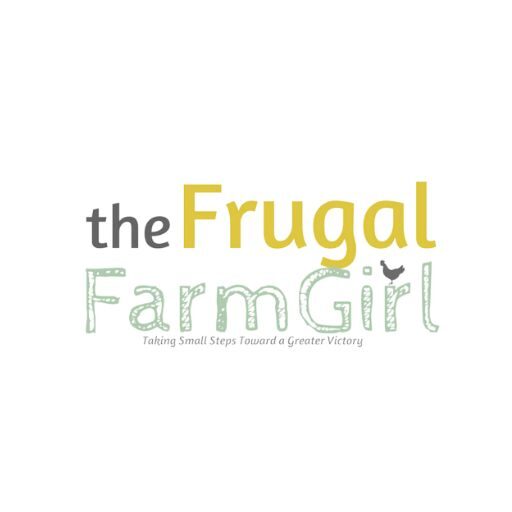Homesteading, what exactly does that word mean? I’m learning as we go. It doesn’t mean you need a ton of land to harvest your own hay and be completely self-sufficient.

Homesteading looks different for each of us, but the main idea is we all are trying to be a little bit more self-reliant. Homesteading doesn’t mean you need livestock; you can start small and work your way up. The exciting thing is there are so many opportunities, even if you only have one acre of land to homestead on.
So, let’s take the first steps to starting your one acre homestead.
Step 1: Dream, Plan, and Prepare
Before you dive headfirst into the world of homesteading, take some time to dream and plan. What do you want to grow?
What livestock do you want to raise? How will you manage the water supply? Trust me, a little planning goes a long way. And yes, prepare for things not going according to plan – because they often won’t!
As a homesteader for ten years now, I’ve been on the journey you’re about to embark on, and I can tell you that the road to self-sufficiency is both rewarding and challenging.
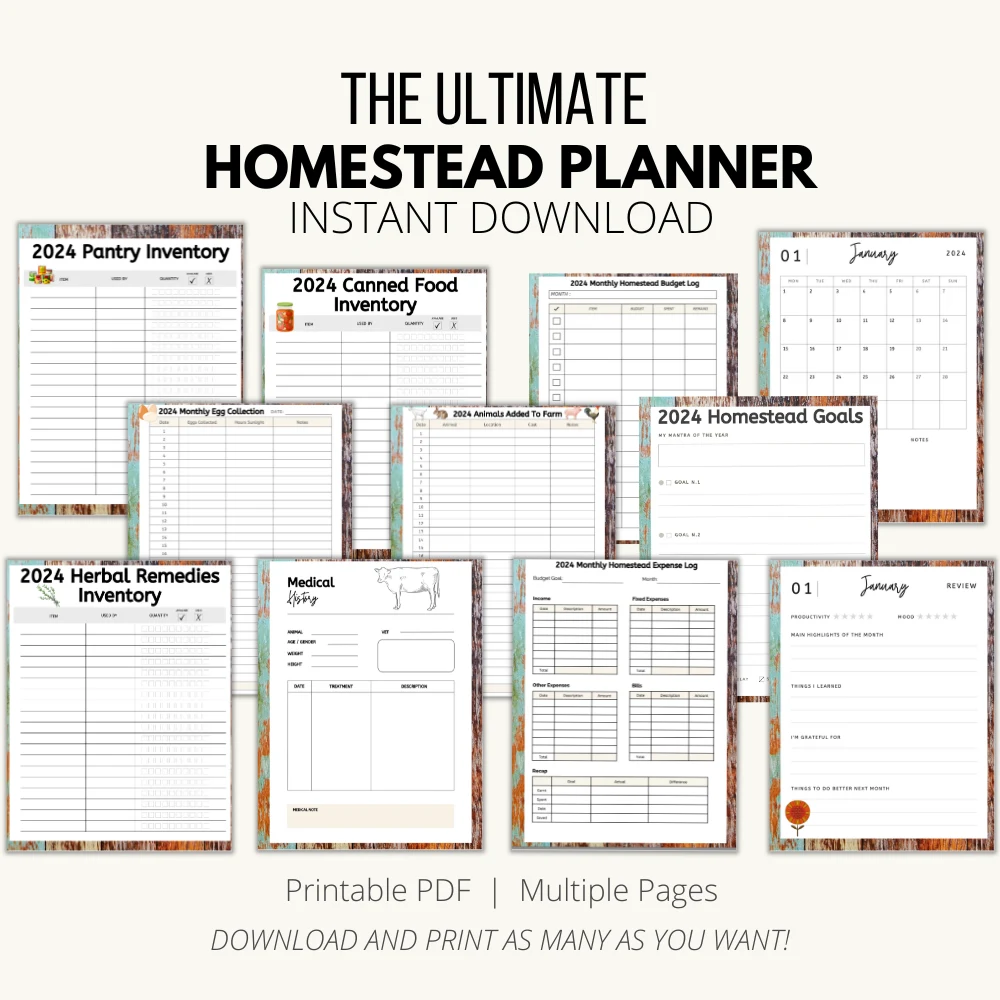
It’s an adventure that requires careful planning, resourcefulness, and resilience. That’s where my Homesteading Binder comes in – it’s the tool I wish I had when I started my homesteading journey.
This binder, packed with 62 unique planner pages, is like having a personal assistant for your farm. It’s a planning tool and a comprehensive guide to creating a self-sufficient homestead.
When I started on my own one-acre homestead, I learned quickly that keeping track of everything – from livestock inventories to crop rotations and budgeting – was crucial.
The Homesteading Binder became my go-to resource, helping me stay organized and focused. It allowed me to plot out projects, track inventory, and manage my budget effectively, making the process much less daunting.
The value of having a reliable guidebook throughout your homesteading journey cannot be overstated. It can mean the difference between feeling overwhelmed and feeling empowered.
Trust me, I’ve been there. With the Homesteading Binder by your side, you’ll be equipped with the knowledge and tools to navigate the exciting world of homesteading confidently.

Step 2: Select Your Site
Choosing the right piece of land is crucial. Look for fertile soil, a good water source, and enough sunlight. Even if you don’t want animals, being able to set up a space for a garden or container gardening is crucial. Read this for tips on how to find land with little money.
We shared a nice roundup of different one-acre design layouts here.

Step 3: Test Your Soil
Soil testing isn’t just for those fancy scientists in white lab coats.
It’s essential for figuring out what you can grow and where. Plus, it’s a great excuse to play in the dirt. Each state has their own free soil testing resources. For those in New York, you can learn more here.
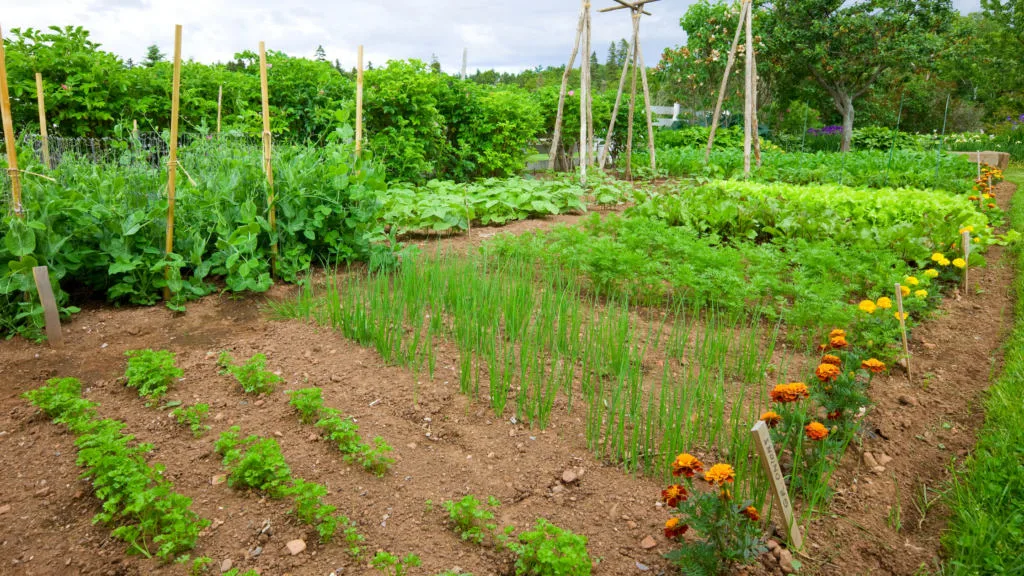
Step 4: Choose Your Crops and Livestock
Carefully choose crops and livestock suited to your climate, soil, and personal preferences. Want to grow a field of lavender but live in the desert? It might be time to adjust those plans.
Going through the homesteading journey, I’ve learned how easy it is to get caught up in wanting to do everything right away. Now I know I add one new plant to my garden each year.
After ten years of vegetable gardening, I tend to stick to growing things I know the family will eat and that we can preserve. If it’s a year I’m feeling ambitious and able to put extra time into gardening, I’ll add something new I’ve never tried before.
The beautiful thing about homesteading is, that it’s a trial and error; you can go in equipped with everything you read and have researched, but still, every animal, every piece of land, and garden is unique.
Homesteading likes to challenge you, but the rewards you gain from your hands are worth it all.

Step 5: Purchase Tools and Equipment
Invest in quality tools and equipment. They’ll be your best friends on this journey. And remember, you don’t need every shiny gadget that catches your eye. Stick to the basics.
For my favorite frugal gardening tools, read this. For the best frugal gardening and homestead boots, I’m talking comfort and can withstand thick, wet mud. Grab yourself a pair of these.
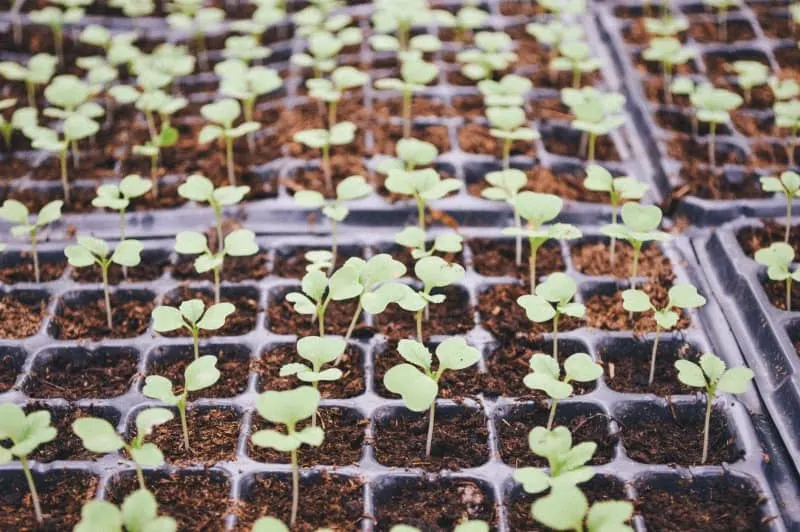
Step 6: Start Planting
Get those seeds in the ground and start growing! This is where the magic happens. Remember to water your plants. I tend to go underwater or over water if you’re like me.
If that’s you, check out this post to help figure out the proper watering. For those of you in a short growing season like myself, it’s easy to start seeds indoors.
I typically get seeds at Dollar Tree, and use items we already have in our home to grow those seeds in.
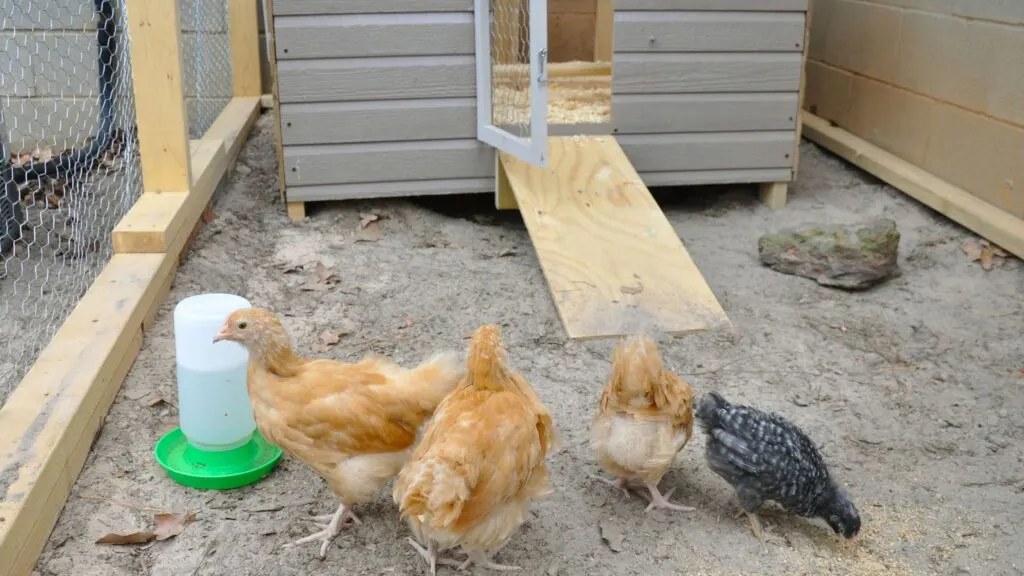
Step 7: Raise Your Livestock
Raising livestock is a big responsibility but also a reward. Ensure you’re ready for early mornings, late nights, and the occasional runaway chicken.
Others have livestock on an acre, but for those starting out, start small. Chickens and rabbits are great beginner choices.
You can raise goats, sheep, and more on less land, but know that you will spend more money feeding them hay.

Step 8: Harvest Your Crops
Harvesting is the homesteader’s Christmas. It’s hard work, but there’s nothing quite like the taste of a meal made from food you grew yourself.
I have plenty of resources on the blog to help you get started. Many times you can find canning equipment at thrift stores and garage sales.

Step 9: Store and Preserve Your Harvest
Learning to store and preserve your harvest will ensure you have farm-fresh food all year round.
Plus, homemade pickles and jams make excellent gifts.
Step 10: Reflect and Learn
Take time at the end of each season to reflect on what worked, what didn’t, and what you can do better next year. Learning is all part of the journey.
So, that’s it, folks – your guide to starting a one-acre homestead. Remember, homesteading is about the journey, not the destination.
So, take a deep breath, embrace the challenges, and remember to laugh along the way. Because if there’s one thing I’ve learned, a sense of humor is the most vital tool in any homesteader’s toolkit!
For further learning, check out these resources, and happy homesteading!
